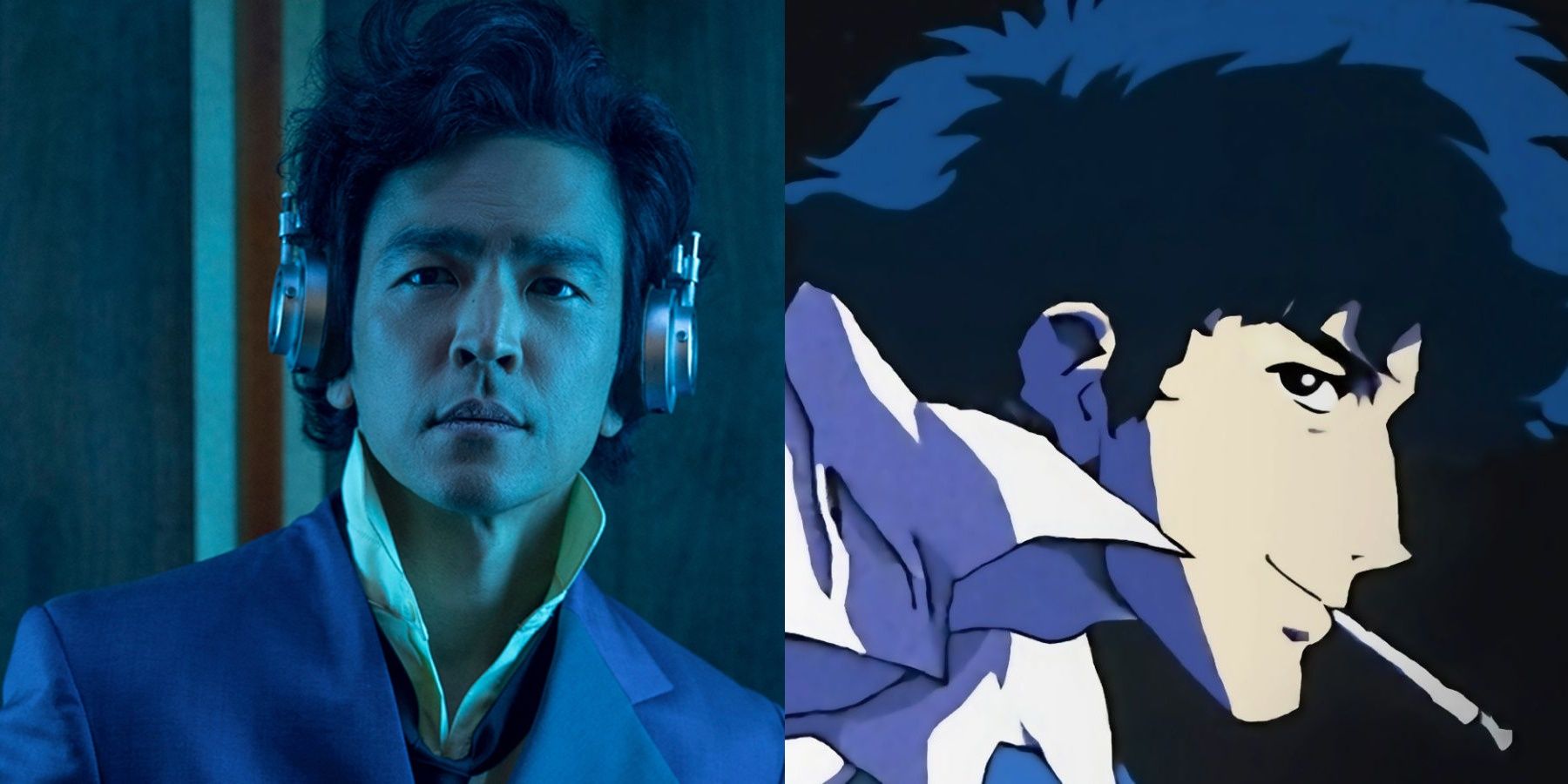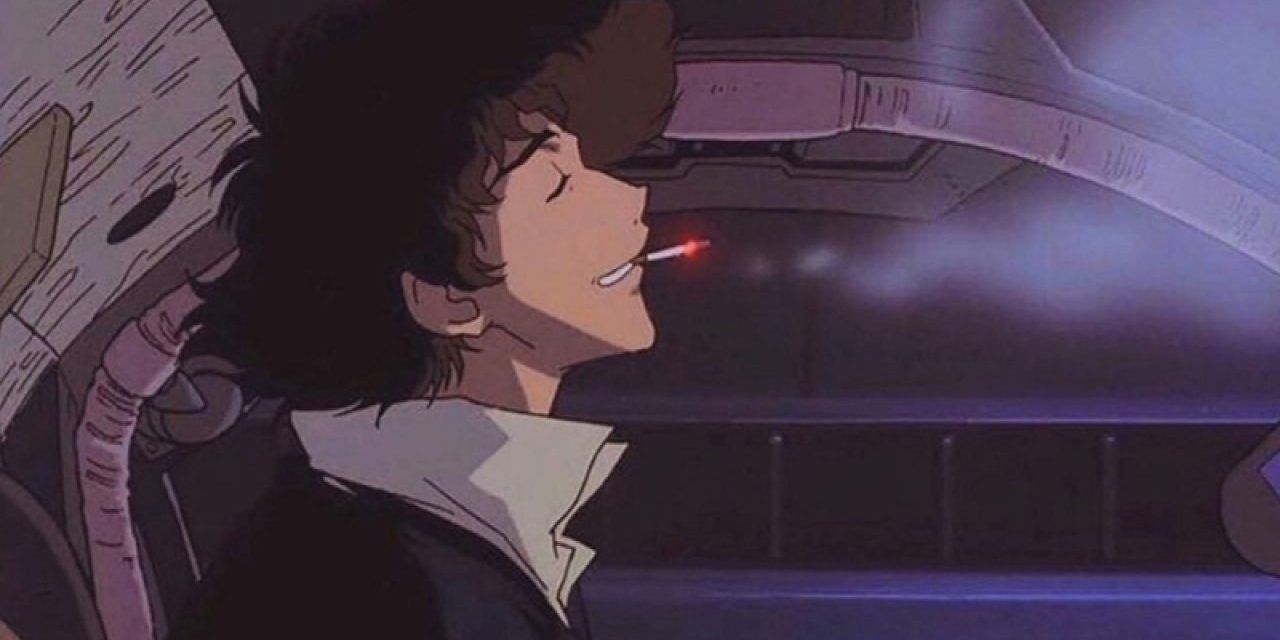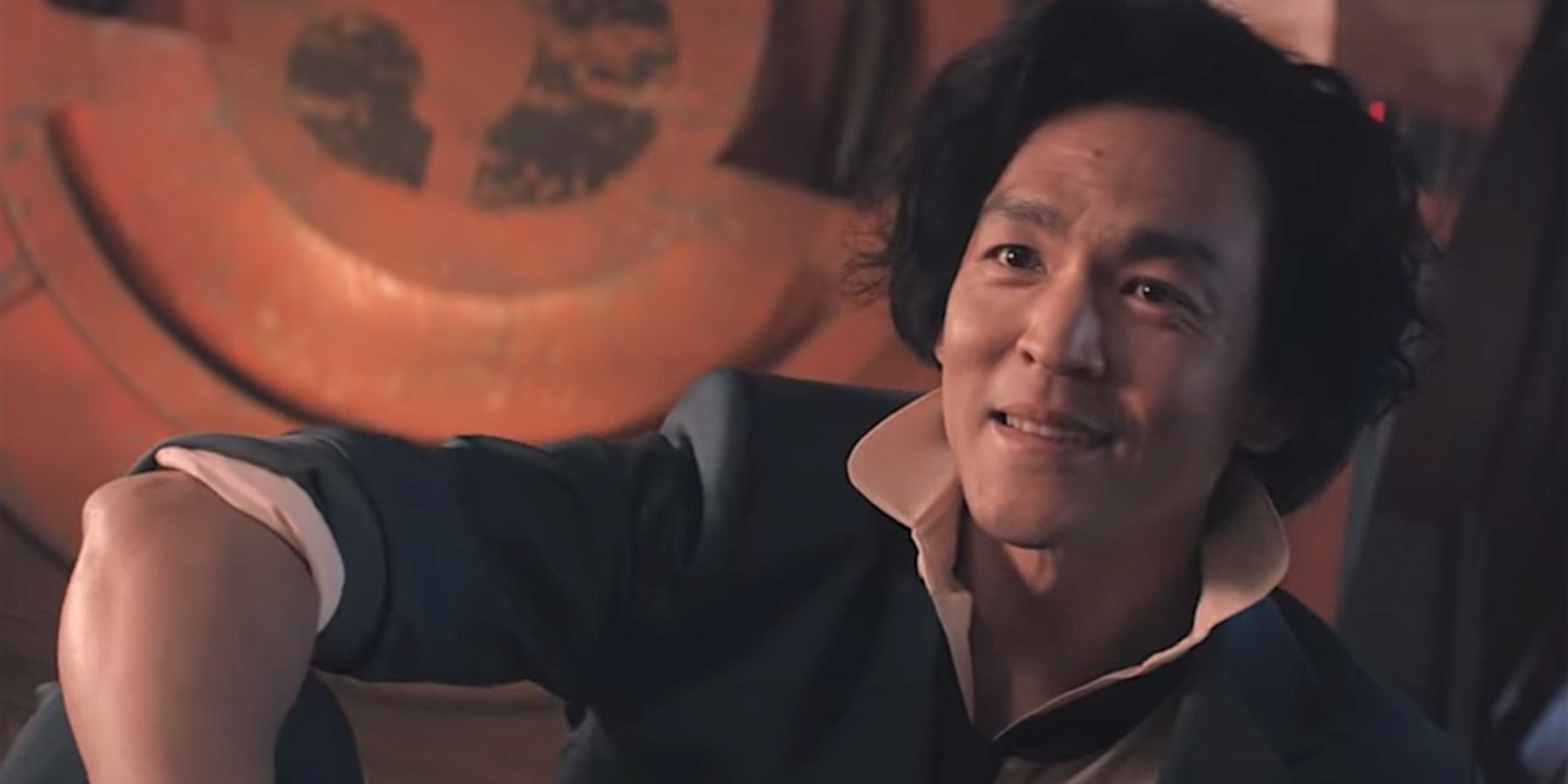When adapting a work into an entirely different medium, its hero must follow suit to fit in. Cowboy Bebop is the latest subject of Netflix's campaign of granting hit anime live-action series, and subsequently, the new creators were handed control of one of the most beloved heroes of a generation.
Cowboy Bebop was released in 1998, one of the biggest crossover hits which brought anime to the west in force. The series blends elements of sci-fi, western, noir and martial arts with a signature jazzy style that creates something that has never been, and probably will never be recaptured.
Spike Spiegel is a bounty hunter who works alongside his longtime partner Jet Black to apprehend criminals and make a little cash. He's carefree, fun-loving, ambitious, irresistibly charismatic, and deceptively complex. Despite his omnipresent smile, silly one-liners, and apparently superhuman mastery of improvisation, there is an emptiness in the man who now goes by Spike. At his core, Spike Spiegel is a man who has given up, surrendered his life, his hope, and his future to the short-sighted pursuit of carefree fun. Spike's past is grim and haunting, leaving him carrying that weight as he makes his way through the galaxy. He's lazy, silly, and impulsive, but occasionally wise in ways that surprise others. Whether the viewer is watching just to see martial arts and fast-paced action or analyzing every line for its deeper meaning, the series' hero provides something to hold onto and enjoy. Because Spike Spiegel has depths of complexities beyond his lovable exterior; depths that the live-action iteration simply does not have.
The Spike Spiegel of the live-action iteration is portrayed by John Cho, who certainly seems to be doing the best he can with what he's been given. Cho's Spike looks the part, banters with Jet and Faye, does some occasionally impressive martial arts, and engages in gunfights with criminals. Those superficial details are present in live-action Spike's portrayal, though worse executed across the board, what the character lacks comes from the writing rather than the performance. The new series borrows ideas from the source without understanding the context and its execution, and the result is a stunningly less interesting depiction of Spike Spiegel. As with so many adaptations, the difference can be expressed in a single scene. In this case, the very first of the show.
The cold open of the live-action Cowboy Bebop is essentially a recreation of the opening scene from the 2001 anime film. Spike and Jet interrupt a robbery in progress, originally in a small convenience store, now in a lightly attended casino. In the film, Spike uses his cunning and fabulously realized martial arts skill to distract, disarm and incapacitate a trio of armed men. A fourth gunman exits the bathroom and swiftly takes a hostage, an elderly woman, and demands both men drop their weapons. Spike responds with typical cavalier wit, draws his weapon, and states outright that it isn't his responsibility to defend others. The gunman panics, and turns his gun on Spike, allowing the bounty hunter to shoot the gun from his hand like the Lone Ranger. Spike tricks the gunman by feigning indifference towards the suffering of others, but in actuality, deliberately takes danger onto himself to help others.
Netflix's Spike enters the scene the same way, then brutally murders almost every participant, then has the same exchange, for no apparent reason. Live-action Spike just belittles the life of an old woman for a gag. No deeper meaning, no clever ambiguity, just a one-off bit that is swiftly interrupted by a different joke that doesn't land. Netflix's Spike is less complex, more violent, and less likable. Where the anime left Spike's backstory an intriguing mystery, the new series can't go ten minutes without drawing more attention to the character's past. This is massively to its detriment for countless reasons, one of the largest being that, unlike the anime, Spike has not changed in the least from his grim past.
Both iterations of the character drop the fact that Spike Spiegel is probably not the character's birth name, but the live-action iteration gives fans a previous moniker of his; Fearless. His enemies still hunt him under that name, but he insists that he's Spike now and that Fearless is dead. He claims to have turned over a new leaf, leaving behind the life of crime in favor of free living and justice for profit. The problem is, live-action Spike hasn't changed at all. He's still a violent, aggressive, careless, self-centered murderer. He kills more people in a single fight scene than the previous iteration saw him slay in its entire run. Anime Spike Spiegel is a free spirit, untethered from his own mortality by a near-religious devotion to his classic mantra; "Whatever happens, happens". Live-action Spike Spiegel is a sullen unrepentant thug with a dark sense of humor.
Spike Spiegel is not served well by this adaptation, but if this is a viewer's first introduction to the character, they may still find something to love in Cho's performance. There is much more to Spike Spiegel, delivered in a thousand subtle details in the anime. It's a shame the live-action take didn't see that.



